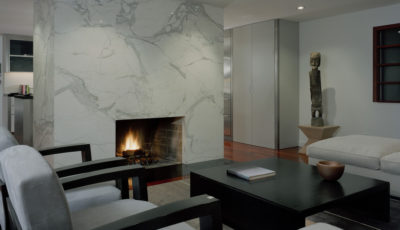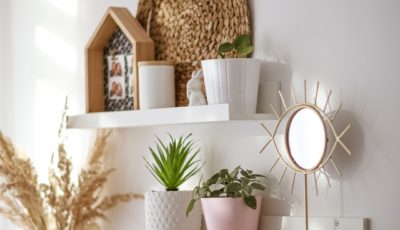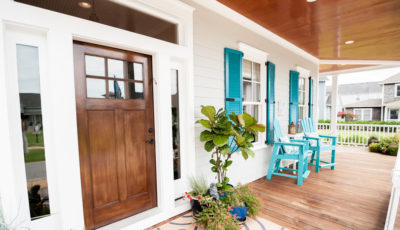Key Rules to Follow When Developing Interior Designs
A variety of design styles available today allows you to decorate the room in accordance with your tastes and preferences. There are many different design options and solutions – it seems that the choice is limited by our fantasy only. In fact, there are certain rules for interior design, which should be followed when creating a design project for a room, hall, apartment, or house of your dreams.
Why You Need to Follow the Rules for Creating Interior Designs
The decoration of any room is, first of all, done for the convenience of people, their comfortable rest, and productive work. The main design rules are based on the principles of harmony, integrity, competent color combination, functionality, and environmental friendliness of finishing materials. The purpose of the premises, number of residents, and their lifestyles are taken into account as well. Based on the above, furniture, lighting, decor, textiles are selected.
The style of the interior depends on the area and configuration of the room, the presence or absence of windows, balconies, open communications, the location of the front door, etc. At the same time, the occupation of the apartment owners, their hobbies, work, the preferred type of leisure are also important. All these details determine the number of storage places, free spaces, and zoning of an apartment. The main goal of a designer is to create a personalized place where people can live comfortably.
Rule #1 – Consider Purpose & Functionality of the Room
One of the main points to consider when working on a design project is the purpose of a particular room. The daily routine, age, gender, occupation of each family member is important here. Thus, a bedroom is decorated in a completely different way if compared to a children’s room, while a living room or kitchen of a large family is very different from the premises where a single person lives.
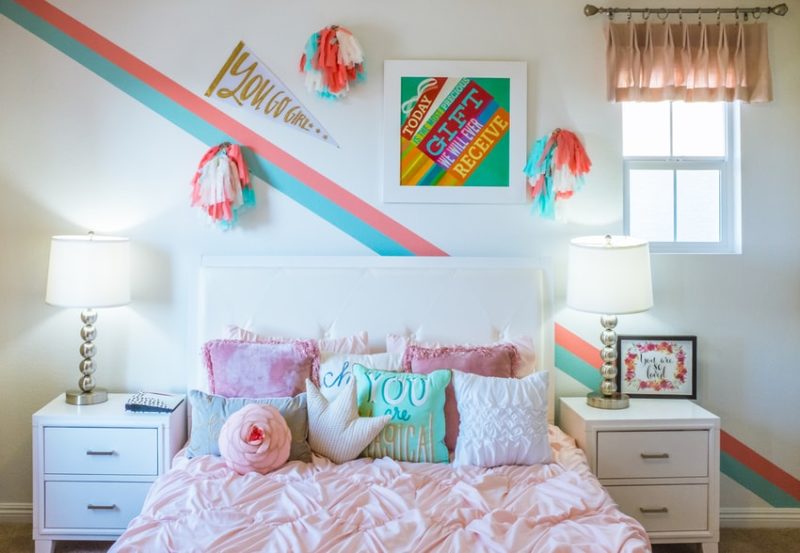
Rule #2 – Think of Aesthetics – The Choice of Colors and Textures
The interior colors create the mood of the room. Calm color shades relax, tune in to rest, whereas bright colors ten to invigorate, set a working mood. Therefore, they should not be used in bedrooms, bathrooms, or overused in the hall. At the same time, a neutral, monochrome color scheme looks boring; therefore, it needs small contrasts. At this point, it is important to find a balance and pick a color scheme that matches and complements each other well. If you cannot boast of a design talent or a good imagination, then the virtual staging solution from the spotless agency will come in handy. The platform will help you visualize any color and design pattern.
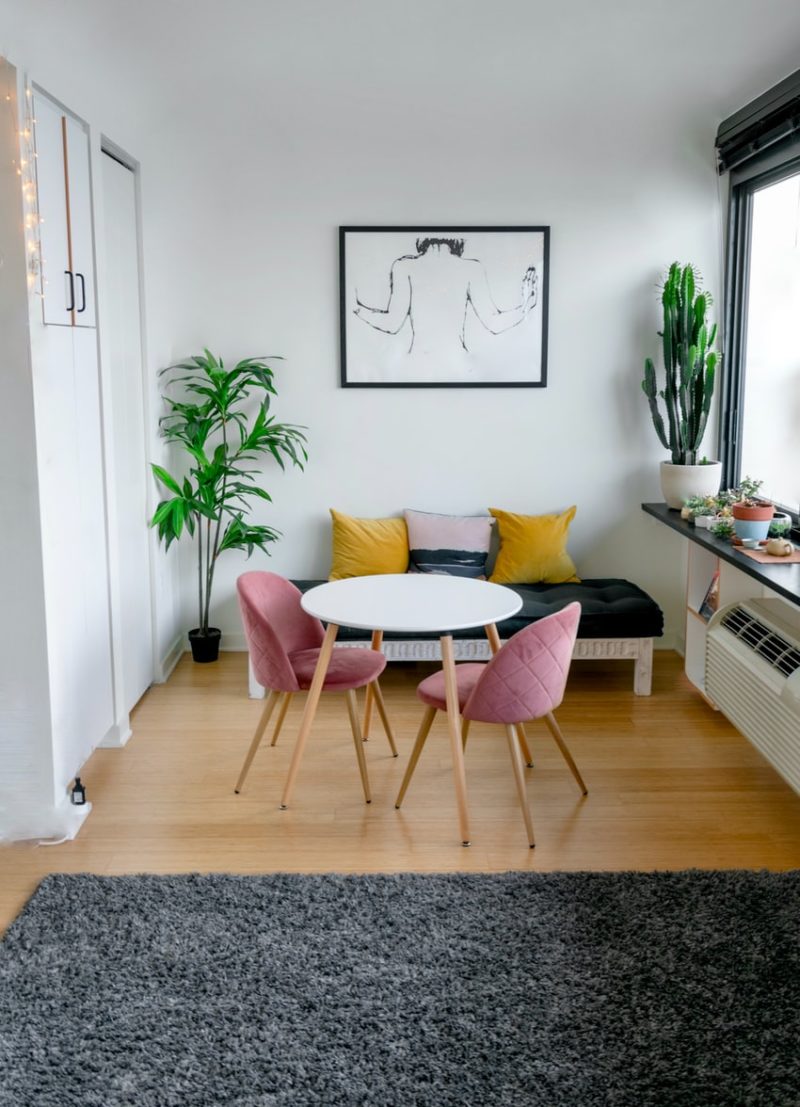
Rule #3 – Use the Black Color Carefully
The black color scheme is strict and laconic, bold and mysterious. It can be mixed well with any other color for contrast and make special accents in designs. However, you should use it carefully and find a balance; otherwise, you will create a dark space that is inconvenient to stay at.
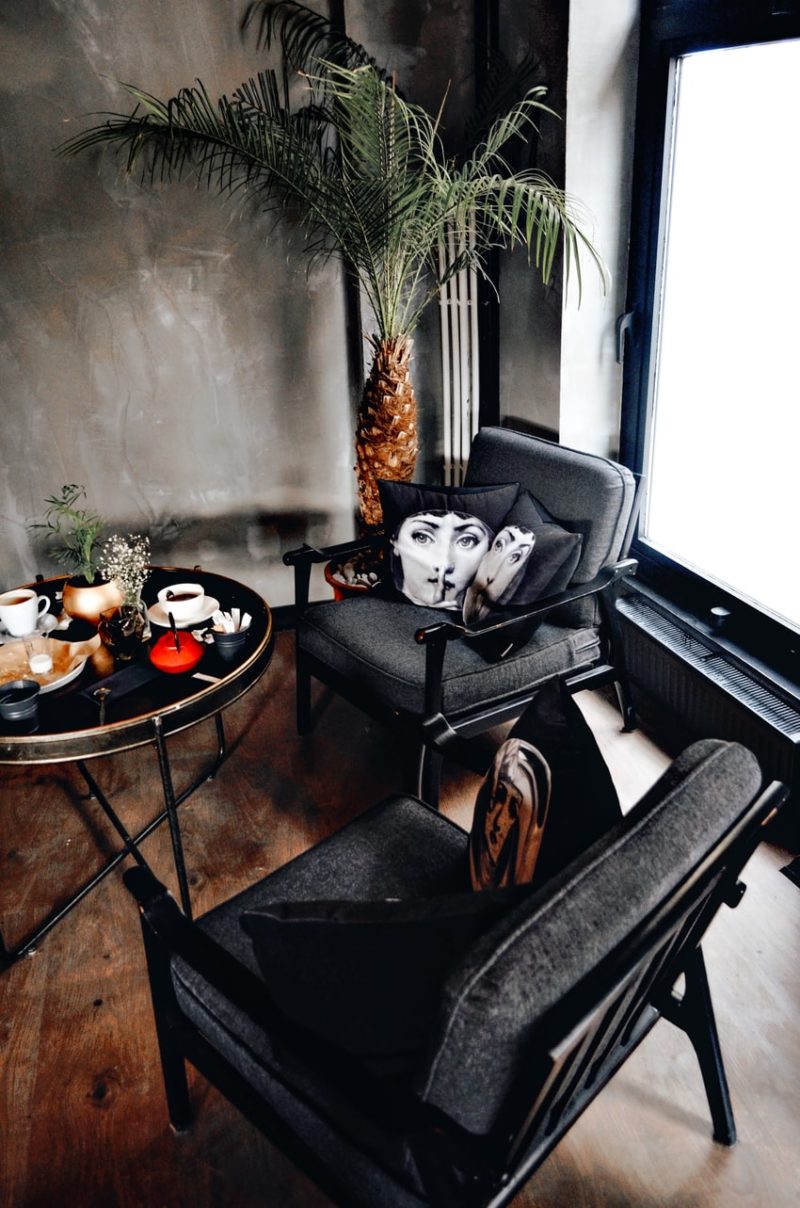
Rule #4 – Choose Finishing Materials
There are different materials that you can use: natural, artificial, any combination of them. All the materials should be selected depending on the purpose of the rooms: no stone or ceramics are used in the bedroom or living room. For a children’s room, only natural, environmentally friendly materials of non-marking colors are required.
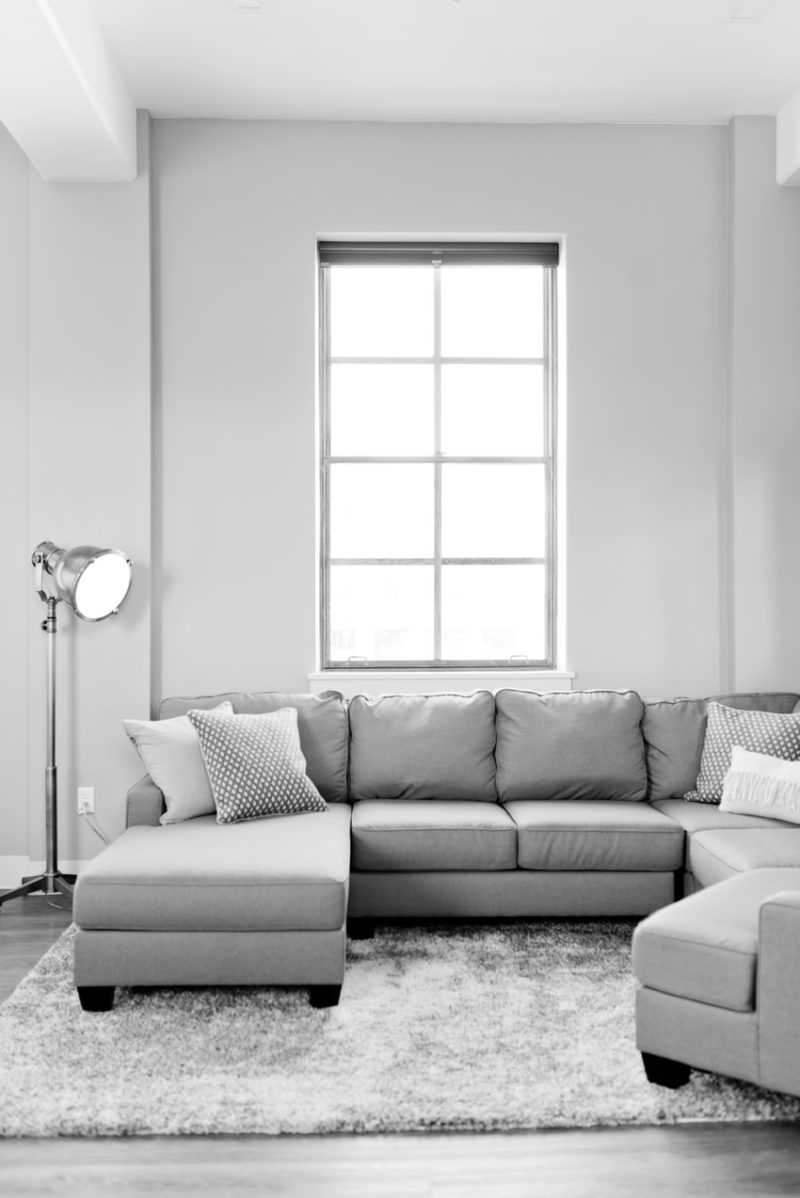
Rule #5 – Plan How to Implement Lighting Systems
Well-chosen lighting is one of the most important aspects of interior design. With the help of light, you can not only change the configuration and appearance of the space beyond recognition but also significantly expand it.
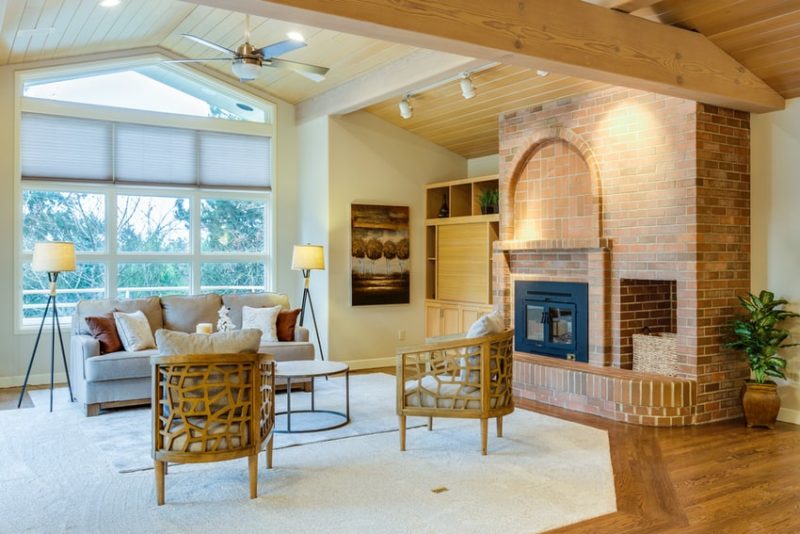
Rule #6 – Choose Functional & Reliable Furniture
Good furniture is comfortable, safe, and stylish. It is selected for a specific interior style. Many companies sell furniture in whole sets, so there will be no need to select each individual item separately. Modern manufacturers offer a huge selection of built-in, transformable, modular furniture – a wardrobe bed, a folding sofa that easily turns into a sleeping place. Thus, you can use space smartly.
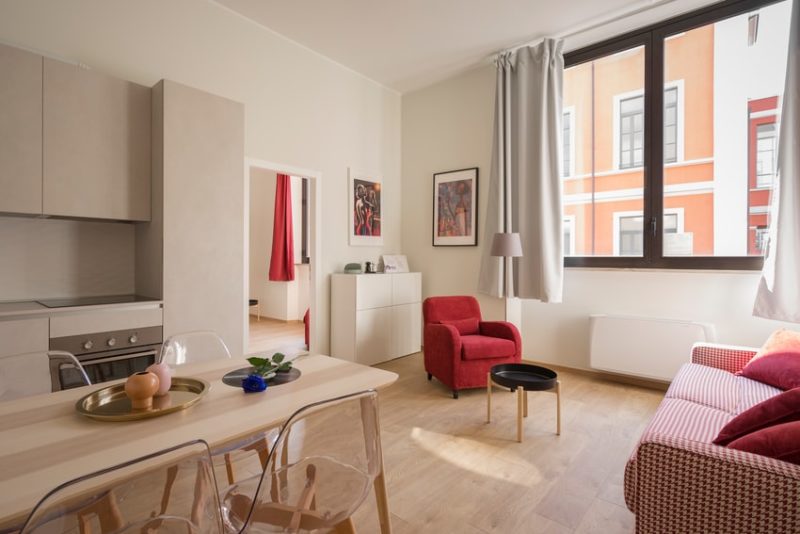
Rule #7 – Mix Styles Wisely
Designers strongly recommend designing the whole apartment in any single style, complementing it with individual elements borrowed from other styles. The latter can be used differently in different rooms. For example, it is almost impossible to implement minimalism, high-tech, loft in an average urban-dwelling, especially if the interior is planned for a family with children and pets. However, you can use any of the above styles as a base and complement it with different design solutions depending on the room they are aimed for.
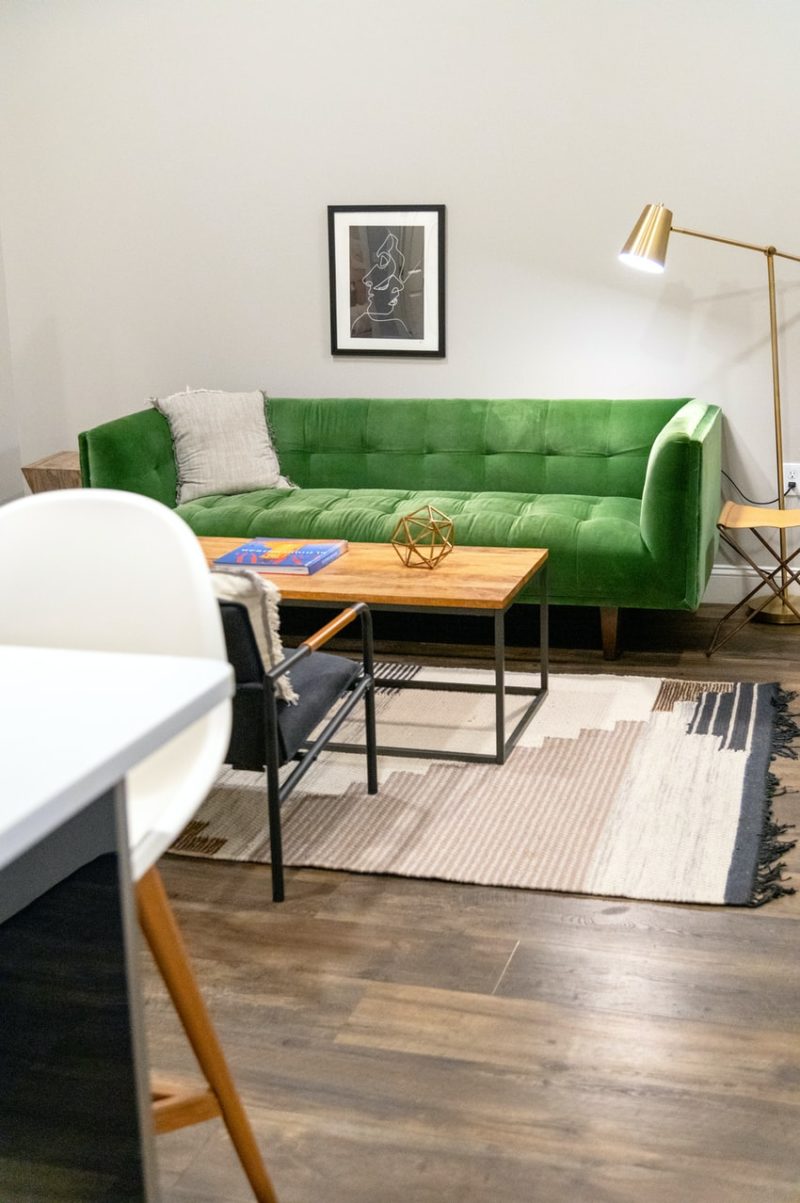
Final Say!
Everyone can easily create a design project for an apartment knowing the basic interior design principles. Decorating is done in accordance with the chosen style of the room as well as the habits and lifestyle of the owners. A properly decorated apartment is cozy and spacious, light and filled with air, it has everything you need and does not contain unnecessary items that serve no purpose.

